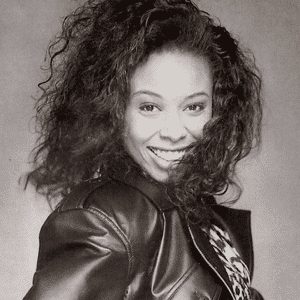The story of Inner City is intractably linked with its founder Kevin Saunderson, widely created as one of the progenitors of techno and a landmark figure in dance music. But while it intertwines with his own career, the group’s longevity – spanning wildfire success, indelible club classics, a handful of full-length albums, and sales of over six million worldwide – is a result of multiple independent chapters over a remarkable 30 year runtime.
Now, with Kevin’s son and creative protégé Dantiez as a new addition to the group, anew one is unfolding.The beginning of Inner City as a project came in 1987, one of many creative outlets thatcould be traced back to Saunderson. The music he was playing and producing in Detroit atthe time, alongside fellow The Belleville Three members Juan Atkins and Derrick May, laid the path for what came to be known as Techno, and birthed an entire global culture to follow.



